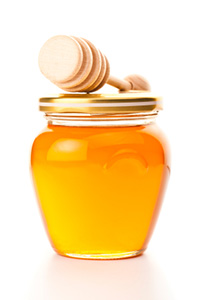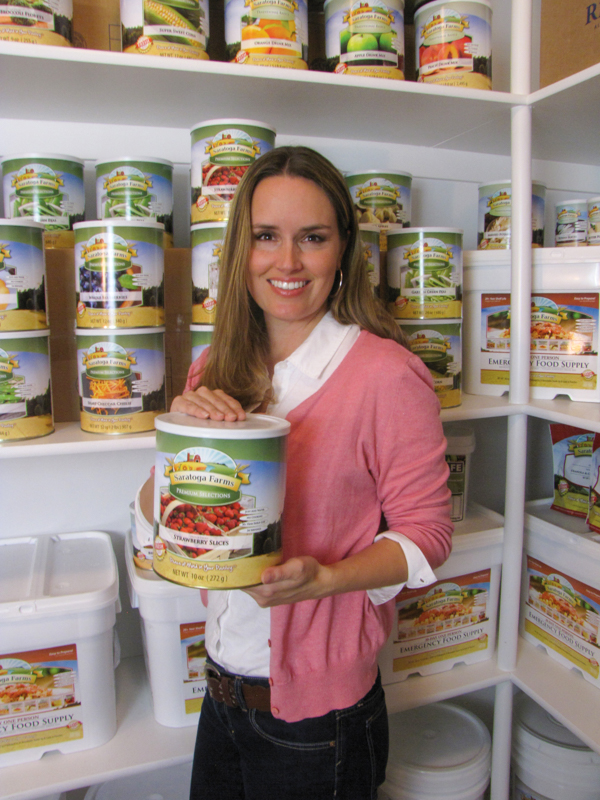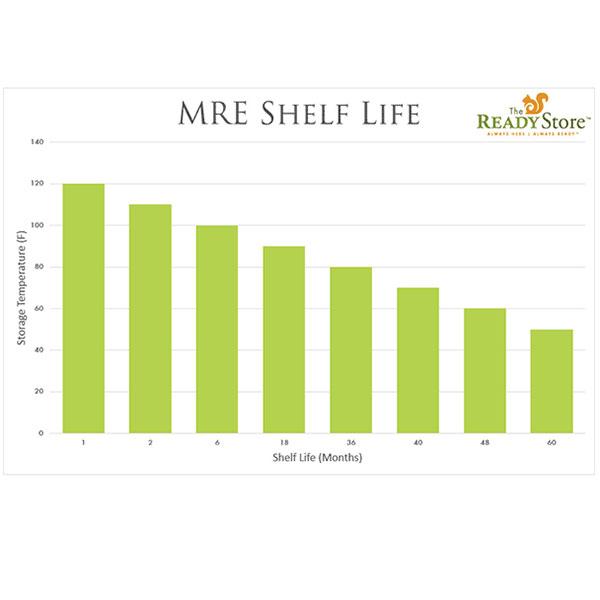In 2003, construction workers in Georgia discovered an ancient burial ground while building an oil pipeline. Among the artifacts were pots filled with honey—created by bees 5,500 years ago!

This isn’t the only instance of ancient honey being found. Archaeologists even unearthed honey in the tomb of Pharaoh Tutankhamen that was still edible. But how can honey remain safe to eat for thousands of years? The answer lies in its unique chemical composition, the role of bees, and proper storage.
Chemical Composition of Honey
Honey is naturally low in moisture, making it inhospitable for bacteria and microorganisms. Amina Harris, Executive Director of the Honey and Pollination Center at UC Davis, explains: “Very few bacteria can survive in such an environment.” Honey’s pH, ranging from 3.0 to 4.5, also creates an acidic barrier against spoilage. These characteristics make honey one of nature’s most durable foods.
The Role of Bees
The process of honey creation is key to its longevity. Bees collect nectar, which is high in water content, and remove the moisture by fanning it with their wings. They also mix the nectar with enzymes in their stomachs, producing hydrogen peroxide—a natural preservative that prevents microbial growth. This property is why honey has been used for wound care in traditional medicine.
Sealed Containers
Proper storage ensures honey’s indefinite shelf life. Harris notes, “As long as the lid stays on and no water is added, honey won’t spoil.” Exposure to moisture can dilute honey and introduce spoilage, so always keep it tightly sealed.
Conclusion
Thanks to its chemical properties, bees’ ingenuity, and proper storage, honey remains a remarkable and edible food even after millennia. Whether for its sweet flavor or medicinal benefits, honey continues to captivate and amaze us.














